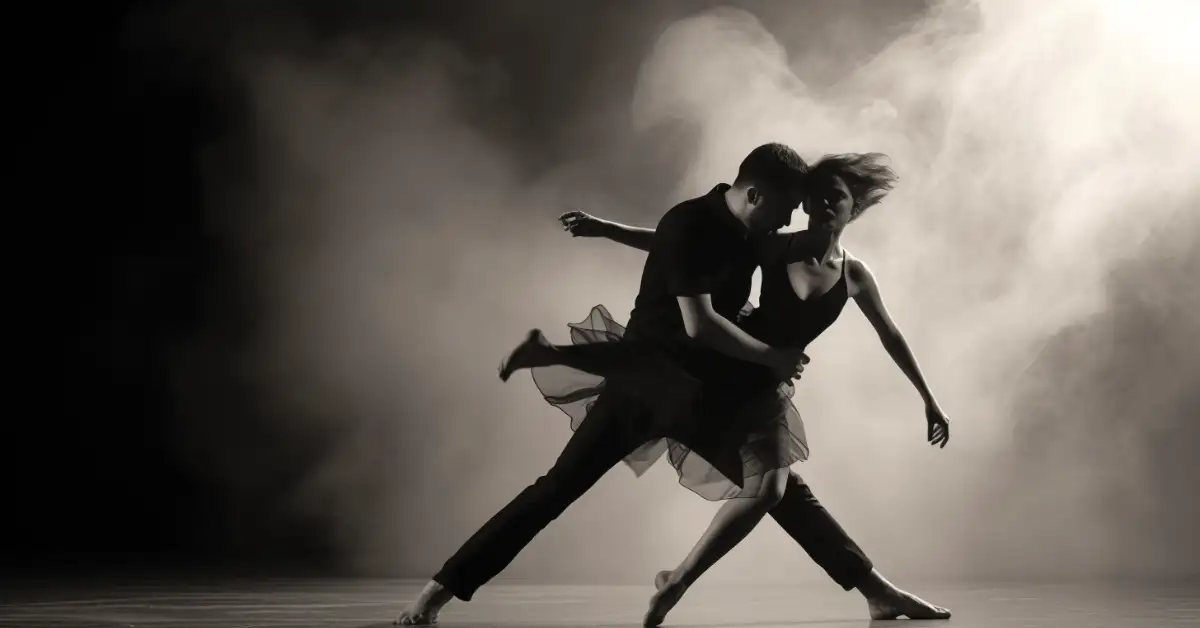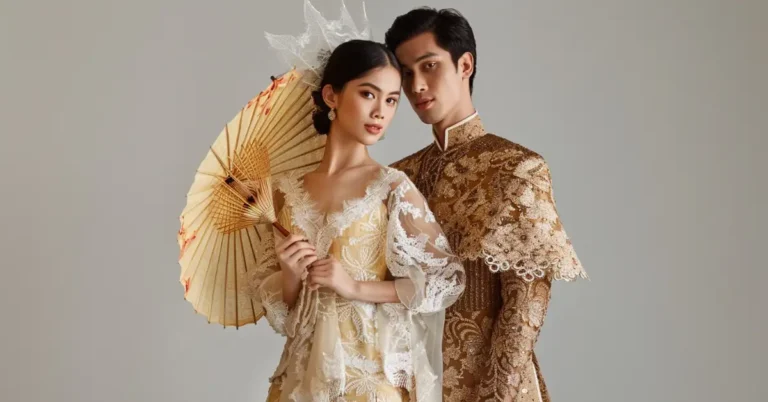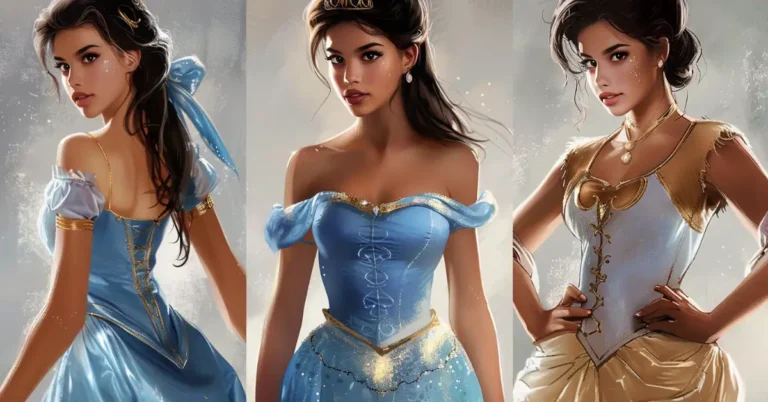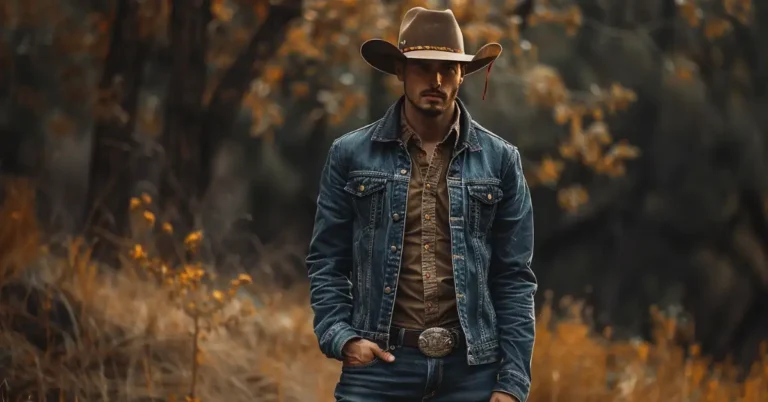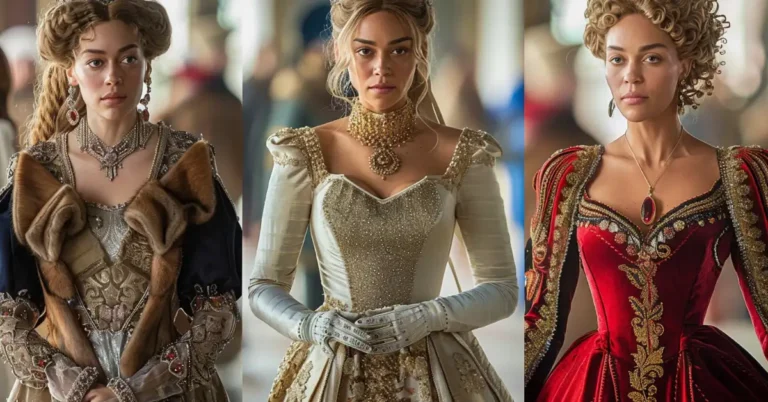Dive into the world of contemporary jazz dance, where emotion meets technique in an innovative blend of traditional jazz and modern movement. This article explores how contemporary jazz dance captivates audiences with its unique fusion, offering a platform for dancers to express individuality and push the boundaries of performance art. Whether you’re a dancer or an enthusiast, discover how this dynamic dance form can enrich your understanding of expression through movement, connecting performers and viewers on a profound level.
Historical Roots of Jazz Dance
When we explore the thrilling world of contemporary jazz dance, we’re dipping our toes into a vibrant pool of history that’s as rhythmic as it is rich.
Contemporary jazz dance merges the essence of traditional jazz with contemporary styles, focusing on rhythm, expression, and improvisation. Training is grounded in ballet and modern dance, and the genre has been influenced by iconic choreographers like Jack Cole and Bob Fosse.
African Influence
African culture powerfully shaped jazz dance with its complex rhythms and movements, deeply embedded in the dance traditions passed down through generations. African dance forms, emphasizing body isolations and improvisation, found a new context as they merged with the cultural expressions of African-American communities.
Development in the United States
Initial seeds planted by African dance traditions blossomed across the United States throughout the early 20th century. The migration of African American populations brought these elements to a wider audience, eventually infusing vaudeville shows with the energetic steps and technique that would become synonymous with jazz dance.
Traditional and Latin Jazz
Incorporations from European and Latin American dances added new flavors to the genre. These diverse contributions gave us a dance landscape that was rich in variety, merging traditional steps with exotic rhythms to create something entirely novel.
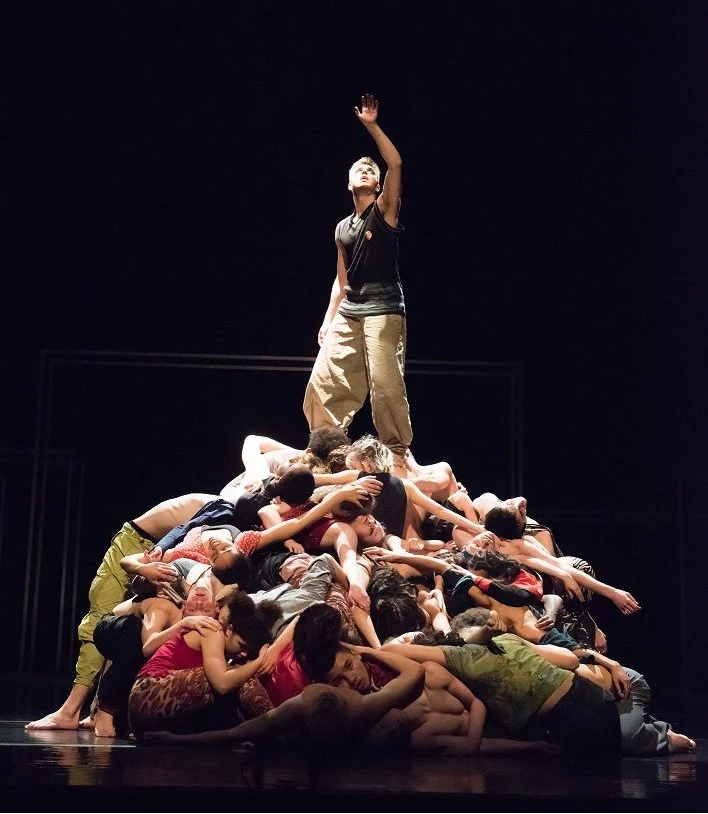
Big Band and Swing Music
No discussion on jazz dance is complete without nodding to the swing era. The popularity of big bands in the 1930s and ’40s skyrocketed jazz dance into mainstream awareness. Iconic dances like the Charleston and Lindy Hop emerged, capturing the exuberance of the time and laying the foundation for modern expressions of jazz dance.
- African American heritage: the cornerstone of jazz dance’s rhythmic and improvisational nature
- Vaudeville: a stage for jazz dance’s evolution, featuring acts like the Charleston
- Swing era: a pivotal period when jazz dance flourished in the public eye
Key Elements of Jazz Dance
We can’t help but be drawn to the magnetic allure of contemporary jazz dance, with its dynamic blend of tradition and trendsetting moves. It’s a dance form that demands precision yet allows for personal flair, making it both challenging and enjoyable for dancers of all skill levels.
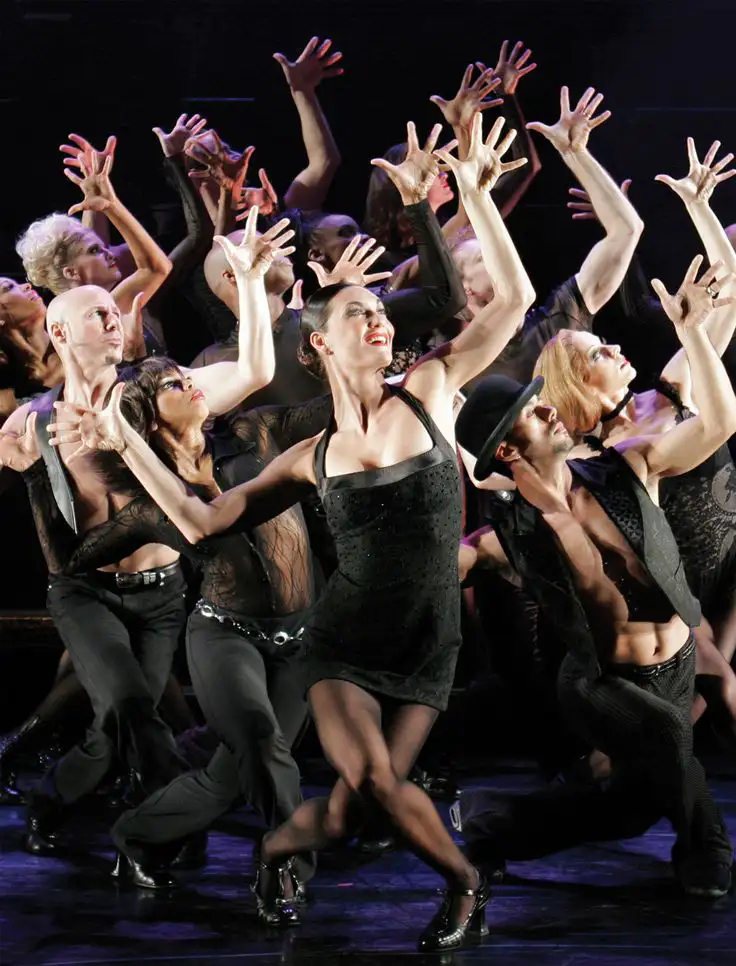
Rhythm and Timing
In the realm of jazz dance, rhythm is our compass. It’s all about those syncopated rhythms that give us a heart-pounding sensation as we watch or partake in the dance. Our feet and bodies become instruments, playing in harmony with the beat, which sets the groundwork for every movement we make.
Isolations and Improvisation
The art of contemporary jazz dance lies in mastery over isolations—moving one body part independently from the rest. A typical sequence might involve an isolated shoulder shrug followed by a fluid hip sway. And let’s talk about improvisation; it’s our playground. When we improvise, we’re in the moment, discovering each movement in a burst of creative inspiration.
Expression and Style
Expressive movements are the brushstrokes that paint the picture of jazz dance. Our arms, legs, and even our faces convey powerful emotions that resonate with the audience. Jazz is not just dance; it’s a statement. We style our pieces with layers of expression, creating performances that, quite simply, feel like pure poetry in motion.
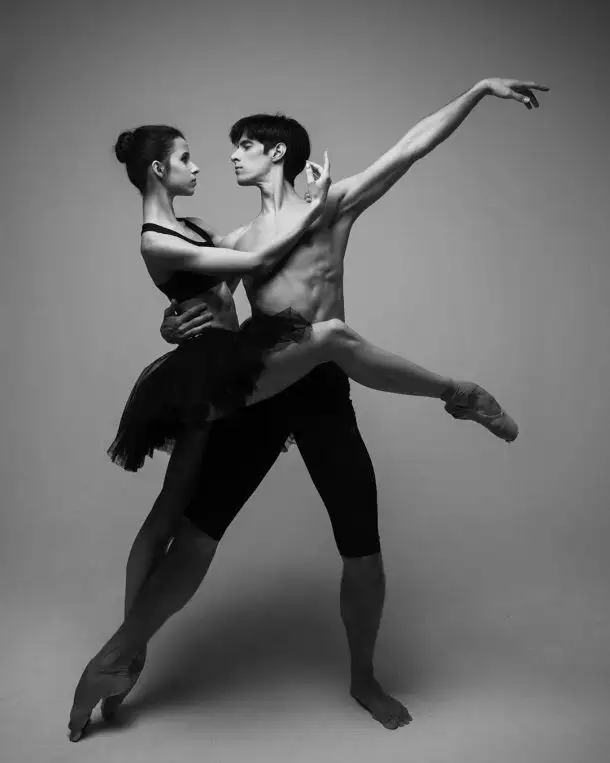
Jazz Dance Techniques and Training
When we think about contemporary jazz dance, we’re looking at a vibrant, high-energy world where precision meets expression. It’s a style that demands a solid foundation in both ballet and modern dance principles, with a sprinkle of personal flair that makes it stand out. Training for jazz dance is intense but rewarding, focusing on strengthening the dancer’s technique and versatility within the genre.
Ballet and Modern Foundations
Ballet is the cornerstone for all dance techniques, providing the discipline and poise needed in jazz dance. Our daily classes include a comprehensive ballet training regimen aimed at refining our lines, improving our posture, and developing core strength. On the other hand, the fluidity and emotive power of modern dance influence our approach to movement, allowing us to explore the range of dynamics necessary for contemporary jazz performances.
- Ballet Training: Barre exercises, alignment checks, pointe work
- Modern Techniques: Martha Graham’s contraction and release, fall and recovery, lateral stretches
Contemporary Jazz Practices
Jumping into contemporary jazz, we don’t just learn steps; we breathe life into our movements. We draw inspiration from famed choreographers and expand our skills through various masterclass workshops. In these sessions, we drill isolation exercises — an essential jazz dance technique that lets us move parts of our body independently. Moreover, we prioritize the interpretation of music and storytelling, transforming us into versatile performers who can adapt to different styles and choreographic demands.
- Isolation Drills: Head, shoulders, hips, and limbs moving separately
- Expressive Exercises: Embodying various emotions through movement, enhancing performance quality
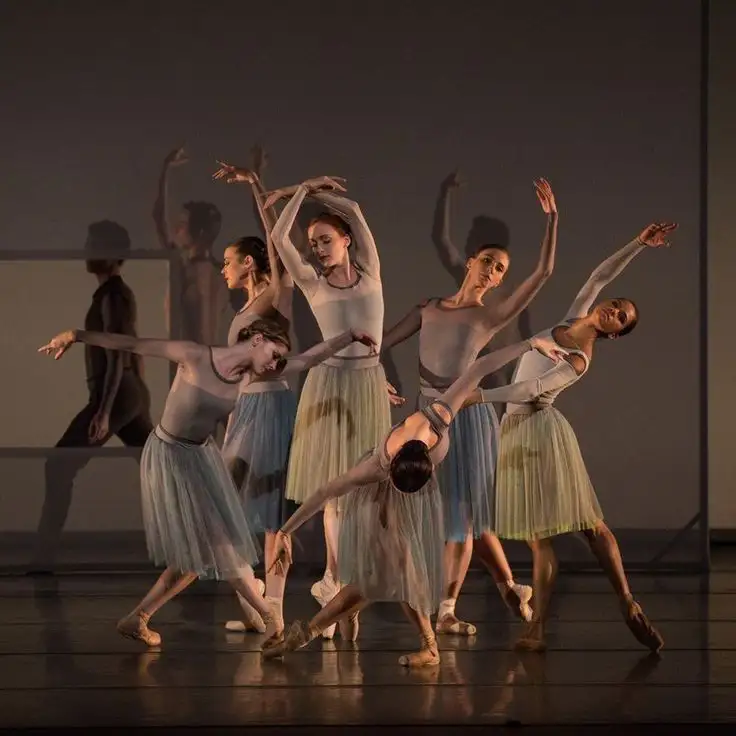
Popular Jazz Dance Styles
Contemporary jazz dance has transformed stages from Broadway to street corners, embodying an invigorating blend that captures the spirit of movement. We see it not just as a dance genre; it’s a vibrant, living story of rhythms and styles.
Theatrical and Street Jazz
Theatrical jazz often graces the glowing marquees of Broadway, fusing elements of classical jazz with tap and hip-hop to create something truly spectacular. The dramatic flair of its movements tells stories of triumph, love, and conflict, inviting us backstage into a world of emotional choreography. Meanwhile, street jazz—which plants its roots firmly in street dance—exudes a raw edge, incorporating freestyle and hip-hop to reflect its more impromptu, gritty origins.
- Broadway Jazz: Showcases storytelling through dance along with singing and acting
- Street Jazz: Often seen in music videos and on dance floors, merging hip-hop with jazz
Commercial and Concert Jazz
Commercial jazz dances into the limelight of music videos and pop culture, characterized by its fast-paced moves and ability to sell not just the dance, but the music and artist it’s associated with. On the flip side, concert jazz—also known as concert dance—is a refined spectacle featured in professional dance company performances that brings jazz dance’s unique attributes to the forefront through intricate and practiced routines.
- Commercial Jazz: High-energy performances designed to be visually stunning and entertaining
- Concert Jazz: Emphasizes artistry, often performed in theatres and typically choreographed to convey a specific theme or story
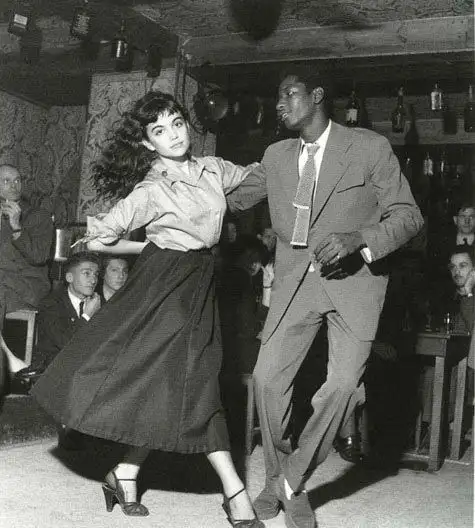
Influential Figures and Choreographers
When we explore the vibrant world of contemporary jazz dance, we’re delving into a history shaped by remarkable individuals who infused the genre with their creativity and vision.
Pioneers of Jazz Dance
- Jack Cole: Often referred to as the father of theatrical jazz dance, he introduced dynamic movements that became synonymous with American jazz dance
- Katherine Dunham: Pioneer of African-American modern dance, she integrated Caribbean and African movements into jazz choreography
- Bob Fosse: His unique style of turned-in knees, rolled shoulders, and articulate hands redefined jazz choreography and remains widely celebrated
Contemporary Jazz Dance Icons
- Alvin Ailey: His company, the Alvin Ailey American Dance Theater, propelled jazz dance into the global spotlight with works that speak to the human experience
- Mandy Moore: Known for her work on “So You Think You Can Dance,” her innovative choreography has made a significant mark on modern jazz
- Mia Michaels: Celebrated for her imaginative and emotionally charged routines, she has elevated the artistry of contemporary jazz
- Sonya Tayeh: With a style that defies convention, her powerful and edgy routines have invigorated the contemporary jazz dance scene
By understanding the influence of these pioneers and icons, we gain a deeper appreciation for the tapestry of contemporary jazz dance that continues to evolve and inspire us.
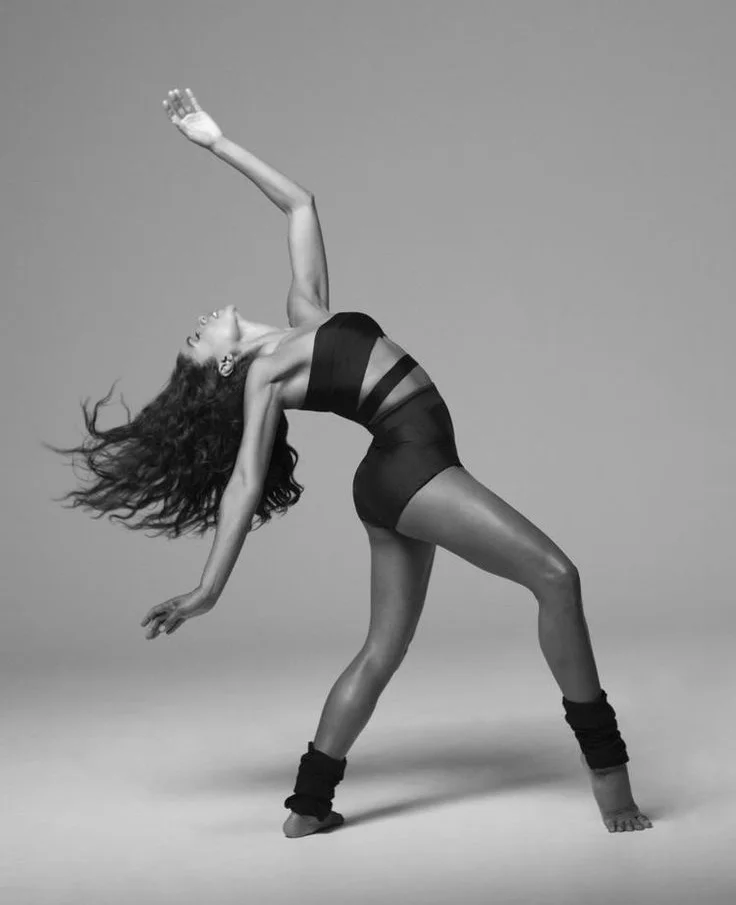
Starting Your Jazz Dance Journey
Exploring contemporary jazz dance can be thrilling and deeply rewarding; it’s where creativity meets rhythm and where we find the freedom to express ourselves.
Classes for Beginners
- Find a supportive environment: Look for a beginner class where the pace and teaching style cater to those just starting
- Basic Technique: Emphasize learning the foundational steps, such as the Jazz Square, and pay attention to form and posture
Advancing Your Jazz Skills
- Expand Your Technique: Engage in classes that build upon the basics, incorporating complex combinations and styles
- Regular Practice: Commit to consistent practice to refine your skills and learn the nuances of contemporary performances
With each class, we see growth, not only in our technique but also in our confidence. Regardless of where we begin, the journey through contemporary jazz dance promises an enriching experience that evolves with each step we take.
FAQ
What is the difference between jazz and contemporary?
Jazz dance often features a faster pace with showy, large-scale movements, while contemporary is more fluid, emphasizing natural body movements and expression.
What is modern dance jazz?
Modern jazz dance is a fusion genre that combines traditional jazz dance’s energetic, theatrical movements with the fluidity and expressiveness of modern dance. It often includes complex footwork and is both rhythmic and sensuous.
What is jazz dance like today?
Today’s jazz dance is diverse, blending elements from Broadway, hip-hop, funk, Afro-Caribbean, Latin, pop, and tap dance, reflecting its rich history while also incorporating contemporary styles and cultural influences. It remains energetic and expressive, often performed to modern, upbeat music.
Who created contemporary jazz dance?
Contemporary jazz dance was pioneered by Jack Cole, who is often referred to as the Father of the Jazz Dance Technique.
Enjoyed our blog post on “Contemporary Jazz Dance“? We’d love to hear your thoughts! Drop a comment below and share your experience with us.
If you want to keep reading more from us, have a look at these articles.

